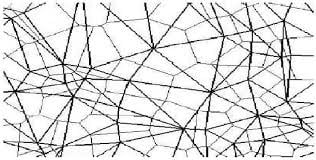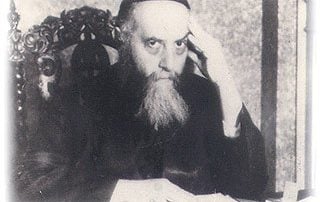The Cosmological Problem of Initial Conditions and the Universe of Tohu
Now the earth was unformed and void.Genesis 1:2 We have a big problem in cosmology: the problem of the initial conditions of the universe at the time of the Big Bang.[1] Before we can explain this problem, however, we need to review some basic concepts of thermodynamics. Thermodynamics developed by Boltzmann and others[2] described the behavior of gases and liquids and the transfer of heat. A key concept in thermodynamics is entropy. Entropy is a measure of disorder, of chaos. The second law of thermodynamics states that in an isolated system, entropy always increases with time. The second law of thermodynamics explains universal decay. And entropy is the measure of that decay.[3] Shining stars produce entropy. Stars collapsing into black holes produce entropy. Evaporating black holes produce entropy.[4] Entropy is increasing in the universe.[5] Let us [...]







